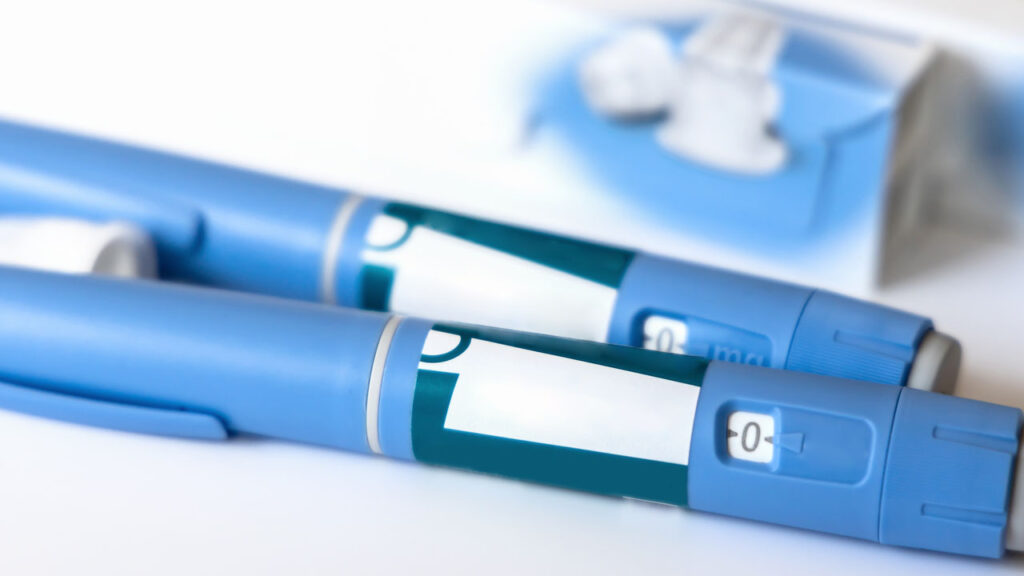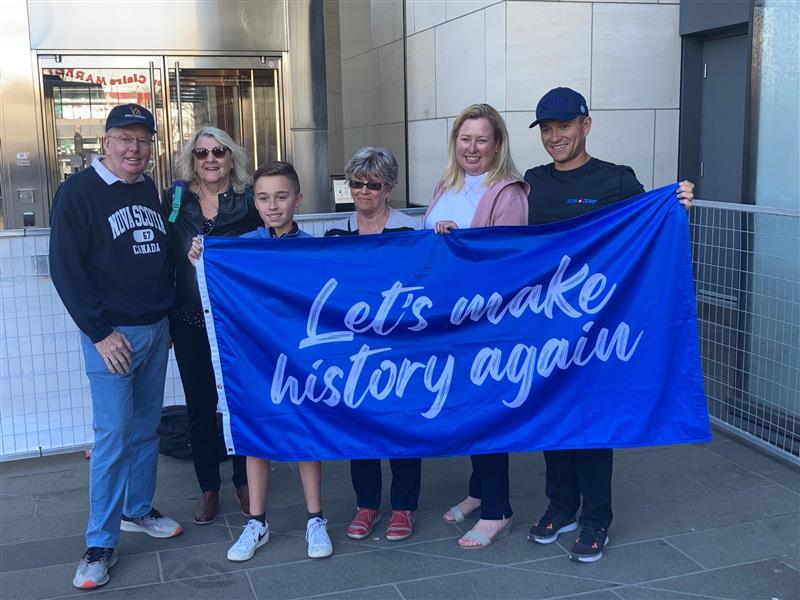
Semaglutide, brand names Ozempic®, Rybelsus®, and Wegovy®, is all over the news. It is Health Canada-approved to help people with type 2 diabetes (T2D) manage their blood glucose levels. It also decreases the risk of cardiovascular events and helps with weight loss. According to a recent commentary published in the New England Journal of Medicine [subscription required] by investigators at the State University of New York at Buffalo, it may also help newly diagnosed individuals with type 1 diabetes (T1D) make more insulin.
What Is Semaglutide?
Semaglutide is a peptide similar to naturally occuring glucagon-like peptide (GLP-1). It helps people with T2D in various ways, including by stimulating insulin production. These drugs have been on the market since the early 2000s.
Thanks to decades of JDRF-supported research, we know that most people diagnosed with T1D still have some functioning beta cells. They no longer make the amount of insulin needed by the body to function, but they do exist.
Preserving those beta cells, keeping them healthy and alive and, eventually, increasing their number and function through disease-modifying therapies is one of JDRF’s key priority areas when funding research.
Study Results
The researchers in this study, who currently receive JDRF funding (via JDRF International in the United States) to investigate the use of semaglutide later in disease to assist with glycemic control, administered the drug to 10 individuals. These individuals were between the ages of 21 and 39 in stage 3, or new-onset T1D. They began treatment with semaglutide within three months of diagnosis with the goal of preserving beta cell function. Nine individuals tested positive for GAD, an antibody which can indicate the presence of autoimmunity for T1D; one tested positive for IA-2, another T1D autoantibody. Over the course of several months, all 10 individuals no longer had to administer insulin at mealtimes and six of the participants no longer needed basal insulin after six months. Additionally, participants saw an increase in C-peptide, which shows that their bodies were making more insulin after being on the therapy.
What Comes Next
These results are exciting, but much more work is needed.
The study raises additional questions for researchers. What effect does using semaglutide to increase insulin production by the remaining beta cells have on these cells? It’s possible that it may add further stress to these cells. Researchers still need to determine what the effect of this stress will be beyond the length of this study. Will the beta cells continue to produce insulin or will insulin production decline as it does typically with T1D? All of this must be investigated in a larger, follow-up study with a control group.
GLP-1s Are a Priority for JDRF
JDRF has been a central player in the discovery and development of GLP-1s for decades, and funded many studies to better understand this hormone, how it functions, and how it can be used to help people with T1D. JDRF believes semaglutide has tremendous promise to improve glucose control and mitigate heart and kidney complications for individuals in stage 4, or established T1D.
That work continues today. There are several JDRF-funded clinical trials to see how people with established T1D can benefit. This includes research led by Dr. Viral Shah at the Barbara Davis Center at the University of Colorado—and in collaboration with three other leading diabetes centers (Henry Ford Hospital, Iowa Diabetes, and the Oregon Health & Science University)—which is investigating ways semaglutide may benefit people with T1D and obesity who are using artificial pancreas (AP) systems.
There are currently no T1D semaglutide trials active in Canada.
These drugs are also being explored by the JDRF T1D Fund. T1D Fund portfolio company i2O Therapeutics is developing several products leveraging GLP-1s, initially for T2D, including a refillable, implantable GLP-1 device that delivers 6 months’ worth of the hormone, an oral form of long acting GLP-1, as well as a combined oral GLP-1 with Amylin (another important pancreatic hormone).
Additionally, Code Bio, a T1D Fund portfolio company, has explored GLP-1 to target beta cells for targeted drug delivery.
JDRF Canada will continue to monitor results of GLP-1 studies and report on findings as they become available.







